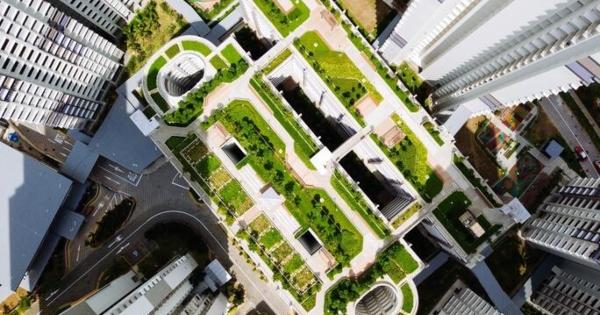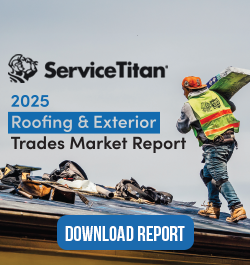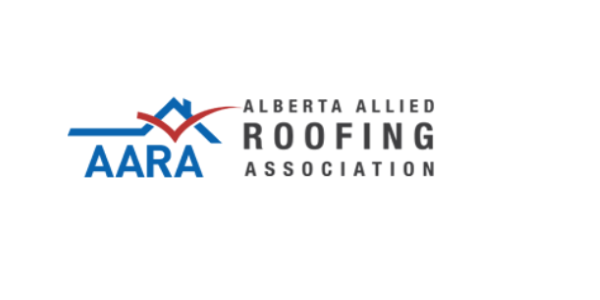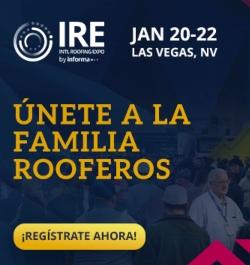Why We Should Greenlight Green Roof Projects

By Cass Jacoby, RCS Reporter.
Green roofs promote environmentalism while solving problems with traditional roofs.
Green roofs have only recently started gaining popularity in America as an architectural trend, but the concept of a green roof has existed for decades throughout Europe and history. In fact, green roofs are old enough to make traditional roofs look like the fad.
A green roof uses natural vegetation, like grasses and shrubs, on top of roofs. The roof layers act as a soil and drainage system, turning the roof's usually neglected space into a green haven.
The first recorded green roof is in 500 B.C.E; the Hanging Gardens of Babylon was built on stonework with tar and reeds making up the lower protective layers. Up until the 19th century, turf and birch roofs were typical in Scandanavia. The modern green roof that we know today was developed in the 1960s in Germany, where the layering system we implement today was birthed.
Green roofs have finally made it to the United States. Increasing client demand and advancements in technology, like the availability of ultra-lightweight growth medium and irrigation systems, made this style of roof more viable than ever before. As green roofs have grown in popularity, so has the value they add to construction projects.
Green roofs provide a space that will enhance the health of the community around them. There are numerous studies proving that access to green space increases concentration and is positive for psychological well-being and overall health. During the COVID-19 pandemic, outdoor area is more sought after than ever. Private outdoor spaces provide an oasis to relax in and experience the benefits of nature in a pandemic-safe way. Even as building managers look towards a post-pandemic future, considerations for the challenges of providing a safe and clean environment will still be important.
In addition to being an aesthetically pleasing option, green roofing can extend a roof's lifespan by over 200%, according to an article in the Journal of Environmental Management. By covering the waterproofing membrane with growing medium and vegetation, the plants shield the roof from ultra-violet radiation and physical damage. A green roof also increases the thermal performance of a roof, making the building more efficient.
According to a recent CRCA article, the District House luxury condo analysis found that units with a terrace sold for an average of $69,000 more, despite an average additional construction cost of only $20,000 more per unit. This is tangible evidence that green infrastructure adds value and appeal to a property while increasing the tenant's happiness.
Project developer Campbell Coyle's President Christopher S. Dillion told CRCA, "The green roofs express the building's sustainability aspirations with its meadow plantings visible from blocks away. At the human scale, the terraces create great outdoor rooms for residents to connect. We've always believed that there is a return on good design and this project showed us that there is a direct return on green infrastructure." The market value of a green roof guarantees a return of investment; in this case, the market value exceeds the cost three times.
The benefits of a green roof extend past the occupants of the buildings where they are built. They are also environmentally beneficial to the community surrounding them. Many cities now offer incentives for integrating green roofs into structures because they are such assets. Some cities even mandate green roofs be included in new construction. Green roofs reduce the Urban Heat Island effect, cooling the surrounding area. The plants on the roof also mitigate dust in the air and help to reduce environmental noise. Additionally, by retaining rainwater, green roofs reduce stormwater runoff and keep it from adding to the overtaxed sewer system, preventing floods, overflows and other water-related issues.
Ultimately, a green roof is environmentally valuable in every definition. Green roofs provide significant health, social and economic benefits for the residents and communities of properties while being sustainable and efficient. The co-benefits of a green roof increase property value and the quality of life for those who have integrated them, making green roofs as good for people as they are for the environment.
Stay up to date with the latest roofing industry news when you sign up for the RCS Week in Roofing e-news.






















Comments
Leave a Reply
Have an account? Login to leave a comment!
Sign In